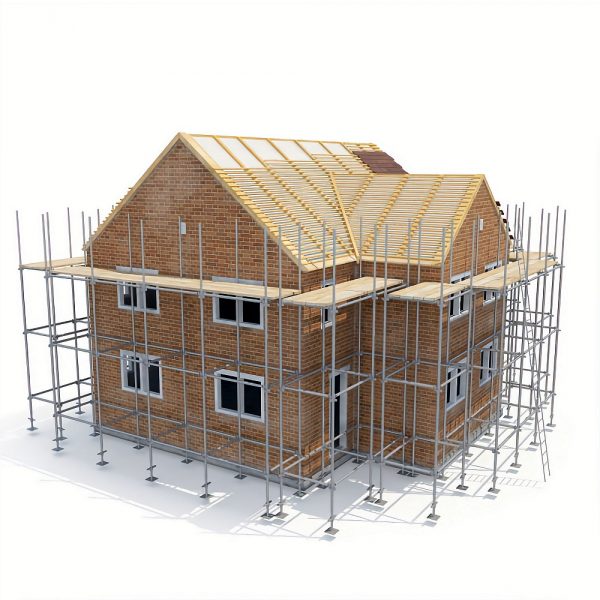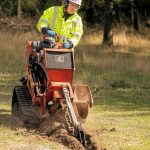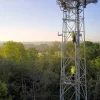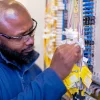H2 2020 – FTTP Broadband Covers 88.5% of UK New Build Homes

The latest independent H2 2020 study of broadband coverage in UK new build homes has indicated that 88.5% of houses constructed last year were connected to a “full fibre” (FTTP) broadband ISP network (up from 87.3% in H1 2020), which rises to 97.7% for 30Mbps+ “superfast broadband” services (unchanged).
The situation, as highlighted by the latest independent model from Thinkbroadband (examination of new build postcodes), is clearly improving but we’d always recommend that those purchasing a new build home get the property developer to confirm, in writing, what kind of broadband connectivity you can expect to receive before handing over any money.
Most of the major home builders (e.g. Home Builders Federation) have already entered into partnerships with operators (Openreach, Virgin Media and various smaller altnet ISPs) to better facilitate the roll-out of fibre broadband technologies. Openreach has also made it even cheaper to deploy their FTTP network into some of the smallest developments (here). New rules are also on the way that should make it more of a requirement (here).
Advertisement
Despite this, some property developers still say that deploying full fibre services can, in some areas, be prohibitively expensive (e.g. remote rural locations), although this hasn’t stopped many of those same companies from raking in big annual profits. Nevertheless, more and more new homes are arriving with superfast and full fibre availability as standard and the impact of this is pretty clear.
New Build Broadband Cover by Speed and Technology (H2 2020 Data)
| New Premises | % Superfast 30Mbps+ | % Ultrafast 100Mbps+ | % Full Fibre (FTTP) | % Under 10Mbps USO |
| UK 2020 (92,396) | 97.7% | 89.7% | 88.5% | 0.8% |
| UK 2019 (201,939) | 97.7% | 88.7% | 86.9% | 0.8% |
| UK 2018 (218,953) | 96.5% | 80.1% | 76.9% | 0.8% |
| UK 2017 (169,656) | 94.9% | 63.2% | 55.1% | 0.8% |
NOTE 1: The ultrafast figure above largely reflects coverage by FTTP, HFC DOCSIS (Cable) and some G.fast networks; mostly delivered via Openreach (BT) and Virgin Media. Meanwhile Hyperoptic, CommunityFibre, GTC / OFNL, Grain and a few other altnets will also have an impact.
NOTE 2: Some small / individual developments (e.g. personal single house projects) or property conversions may be missed by this data.
NOTE 3: The historic figures may change by the next update as related data is frequently being revised / updated.
NOTE 4: The availability of postcode data tends to lag deployments, which is why we only get a partial view of the current year. As such this data is better for looking back at prior years.
In time the problems highlighted in this article should resolve themselves but for now a gap will continue to exist and that may be more noticeable in rural areas. But overall that gap has shrunk considerably over the past few years. The COVID-19 crisis has also had a noticeable impact upon the number of new homes that were built in 2020, which will probably continue into H1 2021.
Mark is a professional technology writer, IT consultant and computer engineer from Dorset (England), he also founded ISPreview in 1999 and enjoys analysing the latest telecoms and broadband developments. Find me on X (Twitter), Mastodon, Facebook, BlueSky, Threads.net and Linkedin.
« London ISP G.Network offers 6 Months 900Mbps for £22 PM
ISP TalkTalk Bundling Home Broadband with 4K Freesat TV Box »





















































IS it possible to sign with other ISP if the newly built home has full fibre from BT?
There are many ISPs that use full fibre from Openreach.
Sometimes buyers are locked into BT for the first 2(ish) years so BT recover build costs, before they can go with other ISP’s using OR’s network